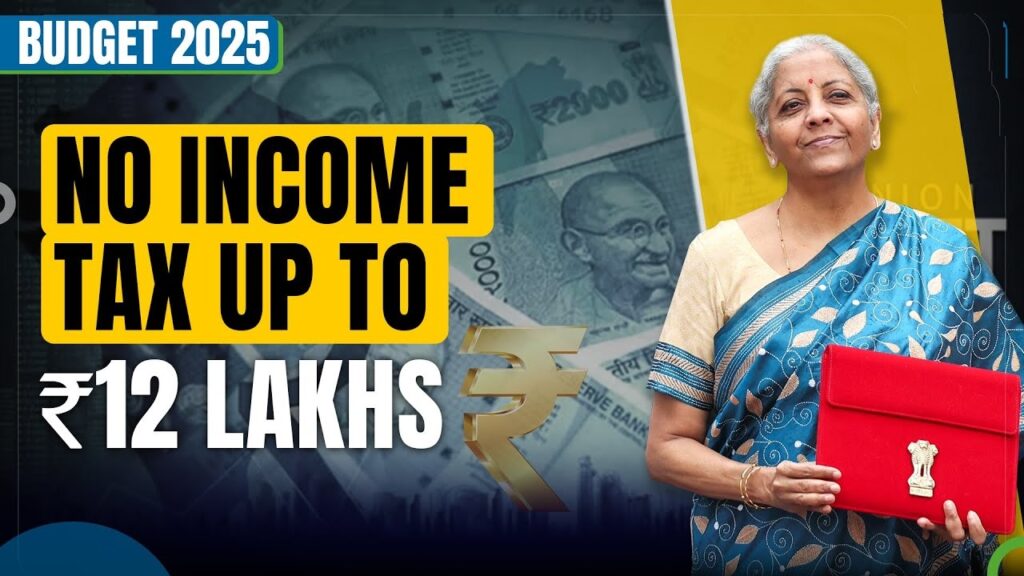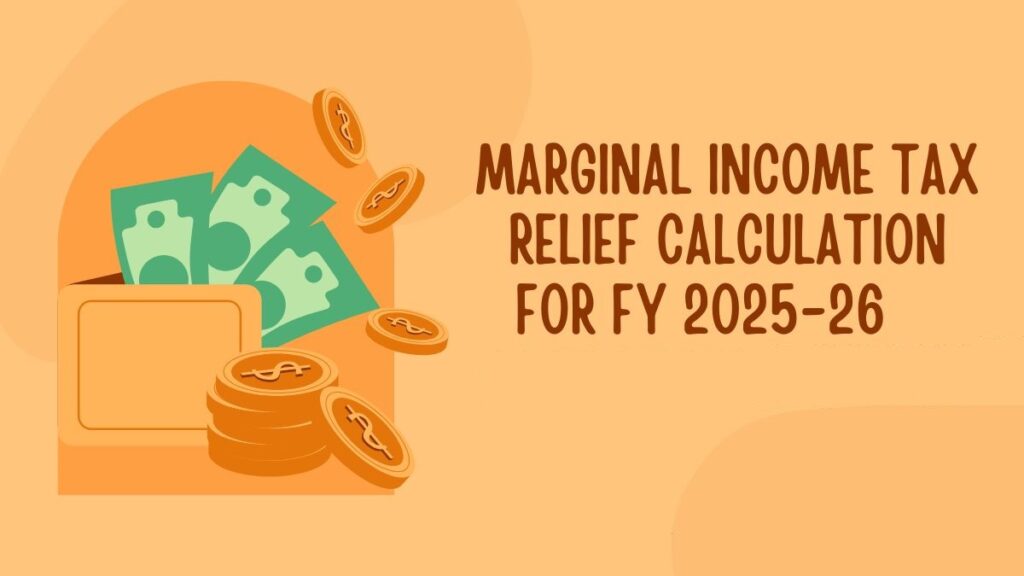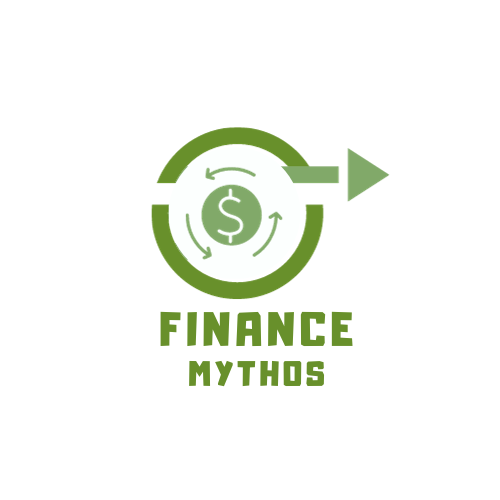Table of Contents
Toggle“No Tax Up to ₹12 Lakh: How India’s New Tax Regime is Transforming the Middle Class!”
The Union Budget 2025-26 has ushered in a transformative change in India’s income tax structure, offering significant relief to the middle class. With the introduction of a zero-tax liability for incomes up to ₹12 lakh under the new tax regime, the government aims to boost disposable income, spur consumption, and drive economic growth. However, the move has sparked debates on its long-term implications, especially concerning revenue losses and the sustainability of such measures. This article delves into the nuances of the new tax regime, the concept of marginal relief, and its broader economic impact.
Key Highlights of the New Tax Regime
1. Zero Tax for Incomes Up to ₹12 Lakh:

Under the new regime, individuals with taxable incomes up to ₹12 lakh will pay no income tax. For salaried individuals, this limit extends to ₹12.75 lakh, factoring in the standard deduction of ₹75,000
2. Revised Tax Slabs:
The new tax slabs are structured as follows:
0–₹4 lakh: 0%
₹4–₹8 lakh: 5%
₹8–₹12 lakh: 10%
₹12–₹16 lakh: 15%
₹16–₹20 lakh: 20%
₹20–₹24 lakh: 25%
Above ₹24 lakh: 30%
3. Marginal Relief for Incomes Slightly Above ₹12 Lakh:
To prevent a disproportionate tax burden on individuals earning marginally above ₹12 lakh, the government has introduced marginal relief. This ensures that the additional tax paid does not exceed the amount by which the income exceeds ₹12 lakh
How Marginal Relief Works

Marginal relief is a provision designed to prevent taxpayers from facing a disproportionately high tax liability when their income slightly exceeds the tax-exempt threshold. Without this relief, even a minimal increase above ₹12 lakh could result in a substantial tax burden. Marginal relief ensures that the additional tax payable does not exceed the amount by which the taxable income surpasses ₹12 lakh.
Illustrative Example
Marginal relief is a provision designed to prevent taxpayers from facing a disproportionately high tax liability when their income slightly exceeds the tax-exempt threshold. Without this relief, even a minimal increase above ₹12 lakh could result in a substantial tax burden. Marginal relief ensures that the additional tax payable does not exceed the amount by which the taxable income surpasses ₹12 lakh.
Consider Mr. A, a salaried individual with a gross income of ₹14 lakh. He is eligible for the following deductions under the new tax regime:
- Standard Deduction: ₹75,000
- Section 80CCD(2) Deduction (employer’s contribution to NPS): ₹1,00,000
After claiming these deductions totaling ₹1,75,000, Mr. A’s net taxable income stands at ₹12,25,000. Ordinarily, surpassing the ₹12 lakh threshold would subject him to a tax liability of ₹63,750 (excluding cess). However, with marginal relief, Mr. A’s tax liability is limited to the excess income over ₹12 lakh, which is ₹25,000. Including a 4% cess, his total tax payable amounts to ₹26,000.
To understand the impact of marginal relief, consider the following table:
| Net Taxable Income (₹) | Tax Before Marginal Relief (₹) | Marginal Relief (₹) | Tax Payable After Marginal Relief (₹) |
|---|---|---|---|
| 12,00,000 | 0 | 0 | 0 |
| 12,10,000 | 61,500 | 51,500 | 10,000 |
| 12,50,000 | 67,500 | 17,500 | 50,000 |
| 12,70,000 | 70,500 | 500 | 70,000 |
| 12,75,000 | 71,250 | 0 | 71,250 |
Break-Even Point for Marginal Relief
Marginal relief is available up to a certain income level. Once the net taxable income exceeds approximately ₹12,75,000, the benefit of marginal relief phases out. Beyond this point, individuals are required to pay the full tax as per the applicable slabs under the new tax regime.
Deductions Available Under the New Tax Regime
The new tax regime offers specific deductions to salaried individuals:
Standard Deduction: A flat deduction of ₹75,000 from the salary income.
Section 80CCD(2) Deduction: This pertains to the employer’s contribution to the National Pension System (NPS). Private sector employees can claim up to 10% of their salary (basic pay plus dearness allowance), while government employees can claim up to 14%.
New Tax Regime 2025 : A Systemic Correction or a Risky Bet?
Economic Implications
1. Boost to Middle-Class Consumption:
By increasing disposable income, the new tax regime is expected to stimulate consumer spending, which accounts for nearly 60% of India’s GDP. This aligns with global examples like post-WWII America and China’s economic rise, where middle-class empowerment drove growth
2. Revenue Loss and Fiscal Challenges:
The tax cuts are projected to result in a revenue loss of ₹1 trillion. The government plans to offset this through higher GST collections and increased borrowing. However, rising public debt could burden future generations
3. Tax-Free India?:
With nearly 90% of taxpayers earning below ₹13 lakh, the new regime effectively makes India income-tax-free for the majority. However, this raises questions about the sustainability of public finances and the burden on high-income earners
Comparison: Old vs. New Tax Regime
| Income (₹) | Old Regime Tax | New Regime Tax | Savings |
|---|---|---|---|
| ₹12 lakh | ₹80,000 | ₹0 | ₹80,000 |
| ₹15 lakh | ₹1,40,000 | ₹1,05,000 | ₹35,000 |
| ₹18 lakh | ₹2,30,000 | ₹1,60,000 | ₹70,000 |
| ₹25 lakh | ₹4,40,000 | ₹3,30,000 | ₹1,10,000 |
The Union Budget 2025-26 marks a significant shift in India’s tax policy, prioritizing middle-class empowerment and consumption-driven growth. While the introduction of marginal relief and zero tax for incomes up to ₹12 lakh is a welcome move, the long-term fiscal implications remain a concern. As India navigates this new economic landscape, the success of these measures will depend on their ability to balance short-term relief with sustainable fiscal management.

Jugaad on Two Wheels: The Hilarious Bike Parcel Hack in Karnataka
The Great Karnataka Bike Parcel Hack: A Jugaad Masterclass #RapidoParcel: In a creative yet controversial move, ride-hailing platform Rapido has found a way around Karnataka’s

Denmark’s Digital Sovereignty Revolution: Linux and LibreOffice Lead the Way
Introduction to Denmark’s Bold Move In June 2025, Denmark’s Ministry of Digital Affairs made headlines by embracing digital sovereignty, ditching Microsoft Windows and Office 365

🏏Sports as a Business Strategy: Insights from Vijay Mallya’s RCB Ownership
🧠 Sports as a Business Strategy (Tool) In modern business, few platforms offer better engagement and emotional connection than sports. From football clubs in Europe

🙏 Apologies in Leadership: Vijay Mallya Public Apology
🧠 Introduction: The Role of Apologies in Leadership In the corporate world, apologies aren’t signs of weakness—they’re strategic acts of leadership. When made with sincerity

Audiobook Production Costs: Navigating Recording Artists, Studio Expenses, and AI’s Impact
The audiobook industry is booming, with over 130 million listeners in the U.S. alone in 2021 and a growing global appetite for audio content. Producing

Media Trial of Vijay Mallya: How Public Perception Shaped Vijay Mallya’s Legacy
Introduction: Media’s Influence on Business Narratives In today’s hyper-connected world, media narratives can make or break a business reputation. For Vijay Mallya, once known as

